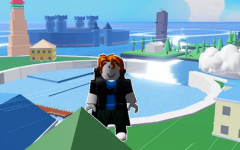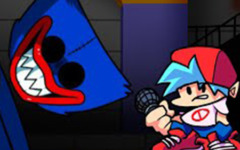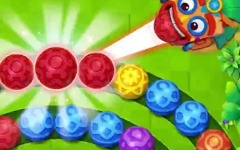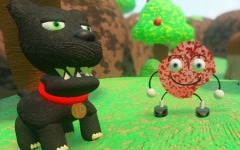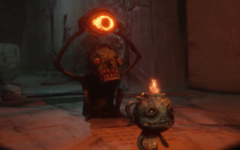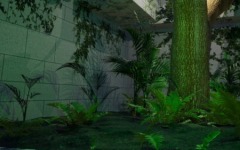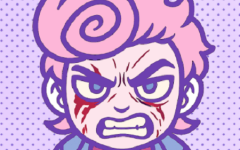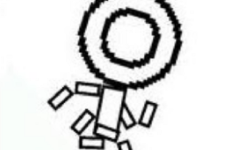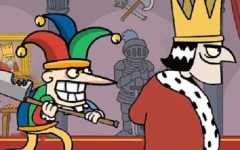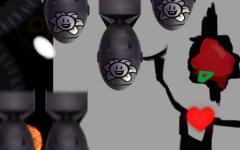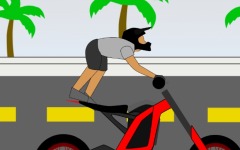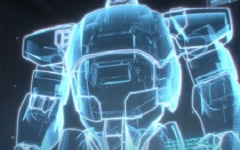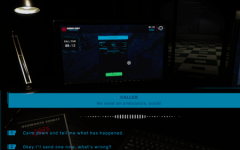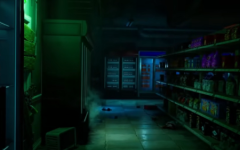Advertisement
BLOOD MALL
Advertisement
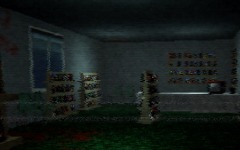
Blood Mall begins with the player inside a shopping center that has lost its original function. The structure is still recognizable: storefronts, display windows, decorative floors, and escalators all remain in place. But what once guided people through a planned consumer environment is now fragmented. The building is not destroyed, but its design is no longer for safety or convenience. Something has entered the space that does not follow its intended purpose. The mall becomes a container, both for the threat and for the player’s progress.
Environmental Changes and Strategy
Moving through the mall means adjusting to a new set of conditions. Some areas are accessible immediately, while others are blocked or require a sequence of steps to open. Players must collect items, listen for cues, and make decisions about which paths to take. Each section of the mall changes how the player interacts with space. Some rooms contain hints, others only serve to confuse or delay. The presence of the threat is not constant, but the knowledge of it forces the player to stay alert.
Main Features of Blood Mall
The gameplay offers a compact set of systems:
- First-person exploration of a single large location
- One roaming threat that shifts player behavior
- Limited guidance or objective markers
- Puzzle-based progression tied to environmental logic
- Use of sound and layout to influence player movement
The game avoids over-complication. All tools are tied to location, and success depends on recognizing spatial patterns rather than solving abstract problems.
The Role of the Antagonist
The dinosaur within the mall is not a puzzle or boss — it is a variable. Its behavior changes how the player views previously explored areas. An empty hallway may no longer be safe. A shortcut may now be a trap. The game does not announce when danger is near, but allows the player to discover that themselves. Movement becomes a calculation, and previously learned routes must be reconsidered. The mall does not provide comfort or predictability once the creature is active.
Leaving the Structure Behind
By the end of Blood Mall, the mall has been walked, examined, and redefined. The player has moved through spaces designed for customers, but used them as cover, passageways, or obstacles. The architecture becomes part of the game’s memory. Completion means more than escape — it marks the end of a process of adaptation. What began as a passive environment becomes an interactive system shaped by pressure. The mall is not broken. It simply follows new rules now.





















































































































